

William Stopford
The cars axed in 2025 that we'll miss the most
15 Hours Ago
The new fourth-generation Nissan X-Trail isn’t just a commendable effort, but a noticeably improved vehicle in every measure
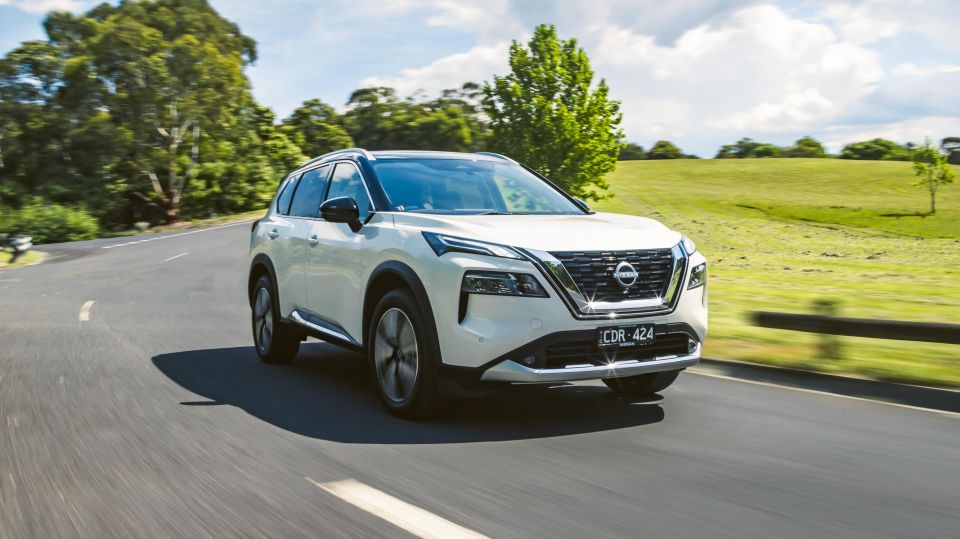
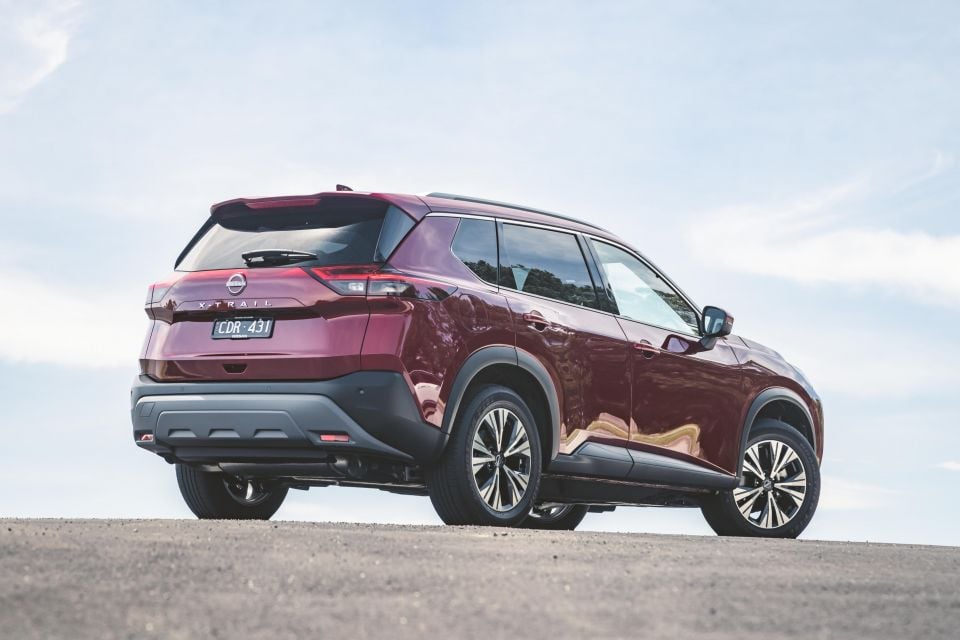

Quickly see how this car stacks up against its competition. Select any benchmark to see more details.
Where expert car reviews meet expert car buying – CarExpert gives you trusted advice, personalised service and real savings on your next new car.
It doesn’t take all that long behind the wheel of the new-generation Nissan X-Trail to realise the Japanese carmaker has thrown everything and the kitchen sink at this vehicle for a crack at the podium in one of our country’s hottest-selling segments.
Unless you’ve been living under a rock for the last 21 years, you’ve undoubtedly heard of the Nissan X-Trail or there’s a good chance you’re one of 282,000 customers who bought one. Indeed, my younger brother drove a second-gen version for years and swore by it.
Either way, whether you owned an original T30-gen or the most recent, and kind-of-fugly T32 version, you may not immediately recognise the latest fourth-generation T33. Firstly, as a Nissan, and then as an X-Trail given it’s fresh approach to design, technology, packaging and materials, all of which have been levelled at this mid-size SUV from Japan.
Like its smaller sibling, the new Qashqai (also about to drop here in Australia), the latest X-Trail is built on Nissan’s latest CMF-C platform that uses significantly more lightweight materials, yet delivers increased torsional stiffness for improved ride and handling characteristics.
Most of the body panels are aluminium and there’s more high-strength steel than ever before, while the suspension and steering have received noticeable upgrades that not only make this vehicle a far better driving experience but also delivers a greater towing capacity – 500kg more than its predecessor.
Inside, it’s unrecognisable. Choose the higher grades and you get a cumulative 35.4 inches of big-screen technology up front, including a 10.8-inch head-up display – the largest in-segment image size, Nissan tells us.
Attention to detail is obvious here. Even the wipers are new splash-free versions, while connectivity includes wireless Apple CarPlay and charging along with both USB-A and USB-C charging ports, front and back. The look and feel is properly premium.

Available with either five or seven seats, and with two- or all-wheel drive, it’s already received a five-star ANCAP safety rating across the range, thanks to a huge array of standard driver assist systems. Step up just one grade and you also get Nissan’s ProPilot suite with semi-autonomous driving capability.
It still uses a naturally-aspirated 2.5-litre four-cylinder petrol engine paired with a CVT transmission (exclusively) but it’s been tweaked to deliver more power and torque along with quicker response and a new engine code.
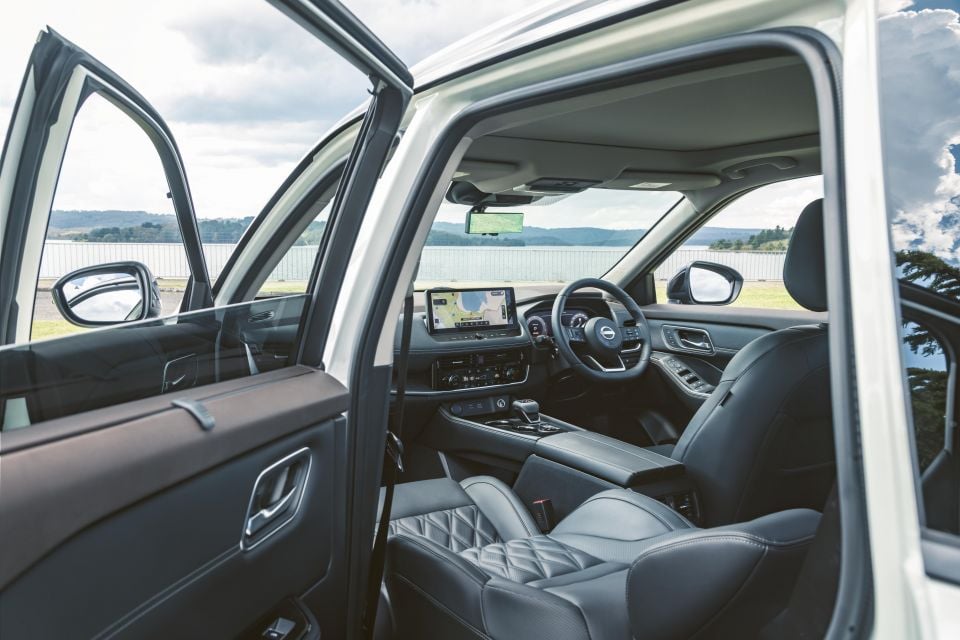
There’s an e-Power hybrid version coming in 2023 too, expected to make up at least 15 per cent of total X-Trail sales, though we reckon it will notch up even more units given its performance and efficiency benefits, never mind the extra kit and class-leading active safety suite it packs.
It’s a thoughtful and more resolved design – inside and out – and one that should give the new Nissan better than a fighting chance against a host of big-selling rivals in the second largest automotive segment in the country – at least that’s what its gunning for.
You see Nissan Australia and its CEO Adam Paterson strongly believe the latest X-Trail has the goods to garner enough favour to see it climb back into the number three spot (which it once held) in the ultra-competitive medium SUV category. More encouraging still is the fact it’s a class that’s expected to grow by at least 14 per cent over the next four years to the tune of 174,000 units per year.
And frankly, it’s off to a pretty healthy start if forward orders are any indication of future success. More than 2500 customers have already placed orders on the 2023 X-Trail, and that’s on top of the 1700 orders for new Qashqai and more than 1100 for new Pathfinder.

There are four grades to choose from with the 2023 X-Trail, before the e-Power hybrid joins the ranks early in 2023.
In the meantime the two base grades, ST and ST-L, come as standard with front-wheel drive (2WD) and five seats. Each has the option of all-wheel drive (AWD) and seven seats for about $3000 extra combined. There are no seven-seat, 2WD grades any more.
The flagship Ti and Ti-L grades are all AWD by default, but only come with five seats. According to the Nissan product experts that decision is based on research and the needs of various target markets per grade.
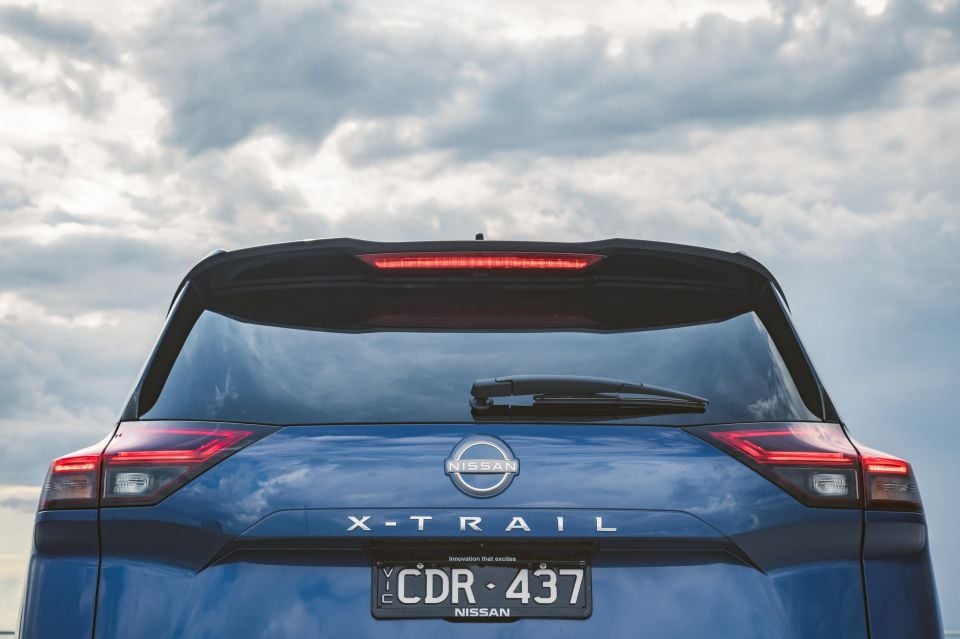
2023 Nissan X-Trail pricing
Prices before on-road costs
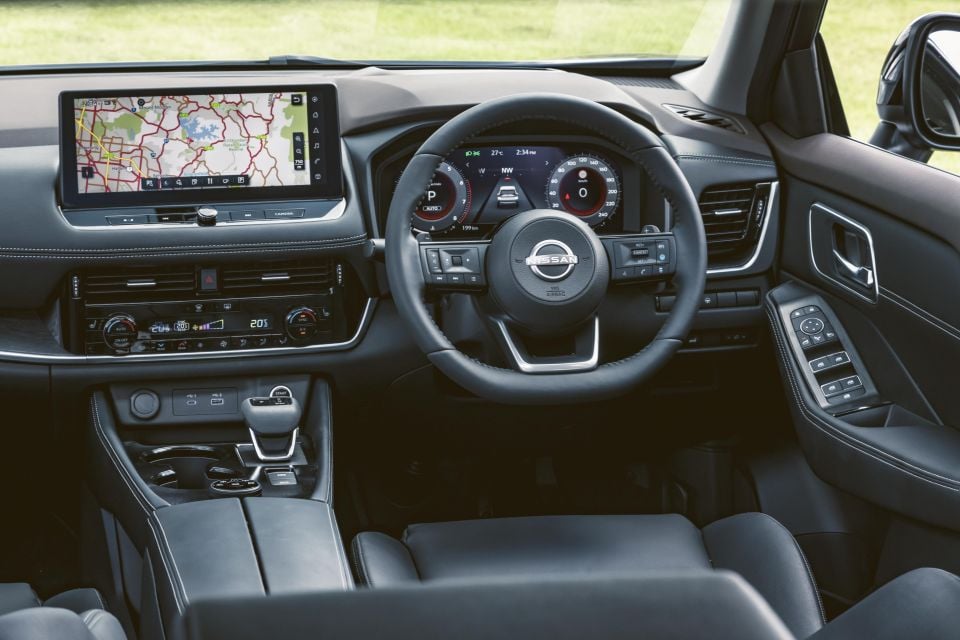
Buy your new car without the stress. It's fast, simple and completely free.

Great service from Travis and team, second time I have used this business would not hesitate to recommend them to anyone
Craig C.
Purchased a Ford Ranger in Sunshine Coast, QLD
CarExpert helped Craig save thousands on his Ford Ranger, now let us save you on your next new car.
Find a dealIt’s not the top spec, but the Ti we tested still gets a stack of fancy kit including more cutting-edge screen space than prestige models costing tens of thousands more.
The 10.8-inch widescreen head-up display (biggest in segment, claims Nissan) is particularly impressive for its crystal-clear clarity and colour, as is the large 12.3-inch central infotainment touchscreen display. The digital driver’s display is the same super-size but lacks the sharpness and colour reproduction of the other two screens.
The leather upholstery is genuine and the seats are thickly cushioned and superbly comfortable for all shapes and sizes but with sufficient bolster to hold you steady through undulating terrain in regional Victoria. However, the Ti-L’s quilted Nappa leather in Tan looks and feels especially luxurious should you have the means to stretch the budget a few grand.
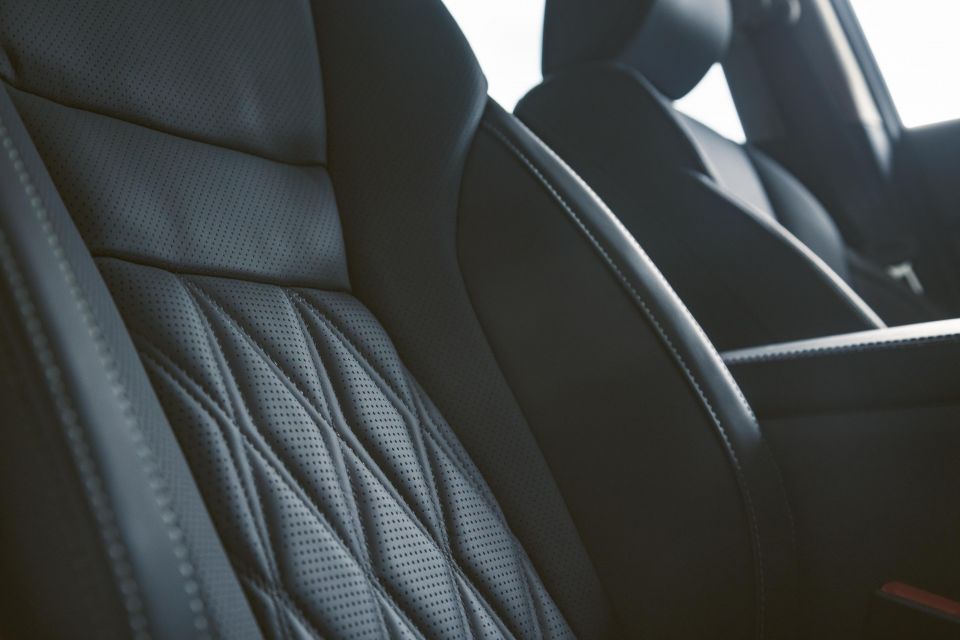
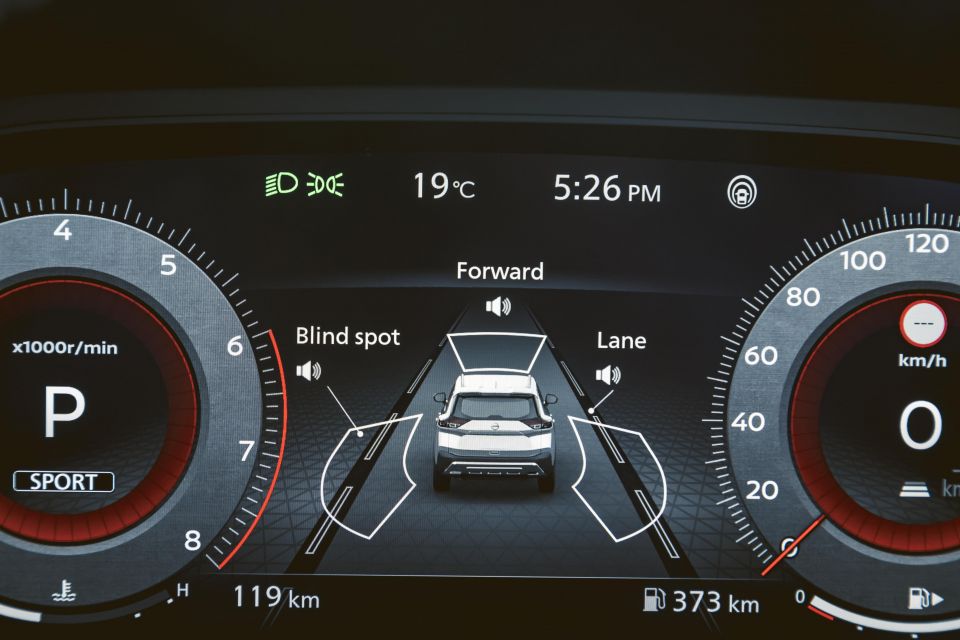
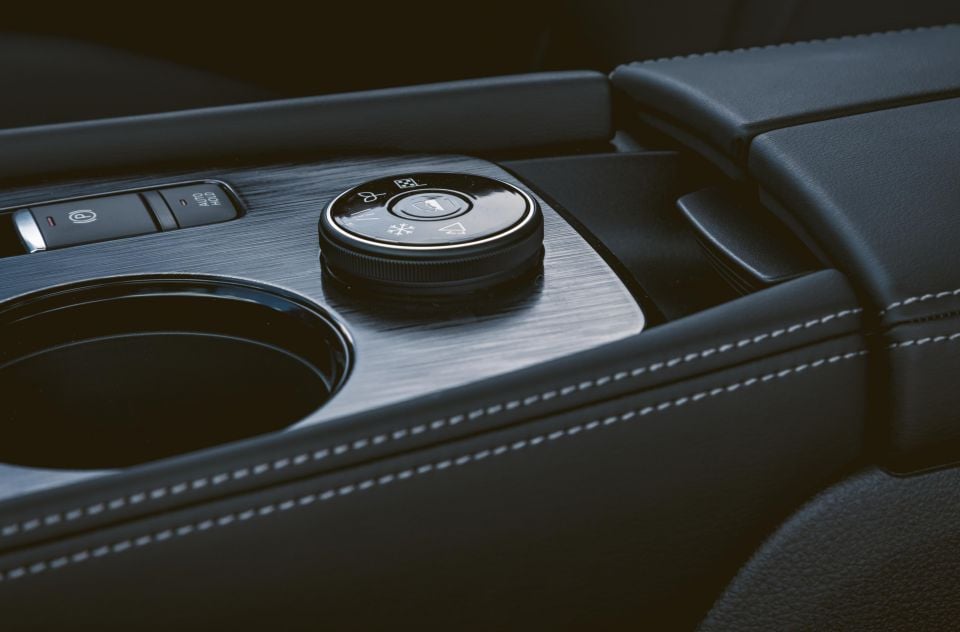
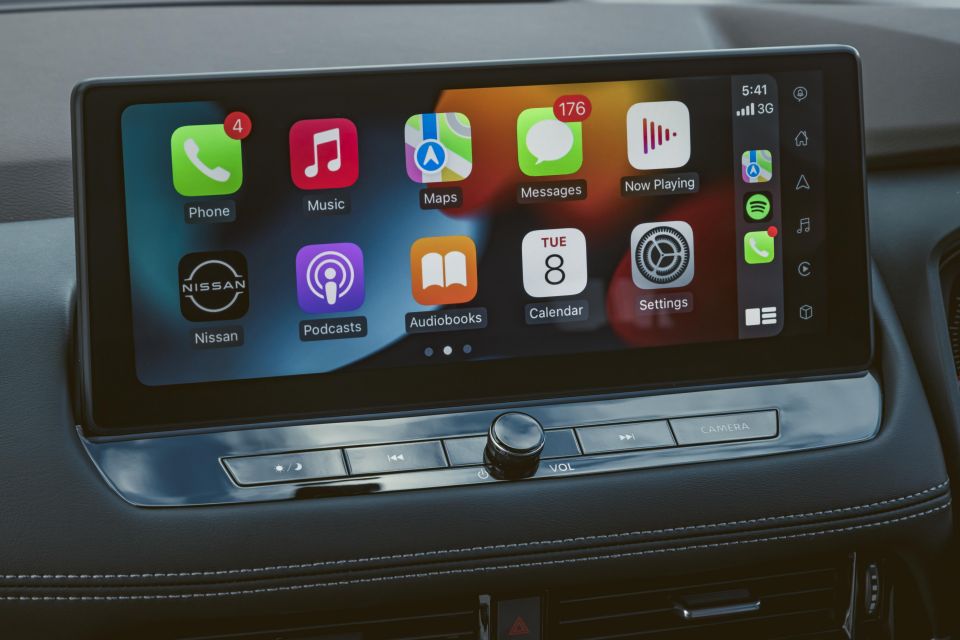
There’s no shout-out in the press kit for the leather-wrapped steering wheel, but I can tell you straight up, it’s a standout flat-bottom unit wrapped in the softest hide and particularly tactile, much like the all-new shifter in that regard.
Our Ti tester also had a tasteful soft-touch brown dash top with contrasting dark grey console. It looks good enough to be an optional item but a quick check with Nissan PR reveals its standard across all variants.
Thankfully, Nissan has sought to ratchet back the piano black in X-Trail in favour of a black faux timber, and again, it looks and feels like a quality finish. The same goes for the switchgear and plastics, they’re smooth and tactile to the touch and a noticeable step up.
We also like the fact that X-Trail still gets dials and knobs for the climate control and audio respectively in amongst the high-tech touch screen, which just works better from an ergonomic sense when you’re busy driving and watching the road ahead.
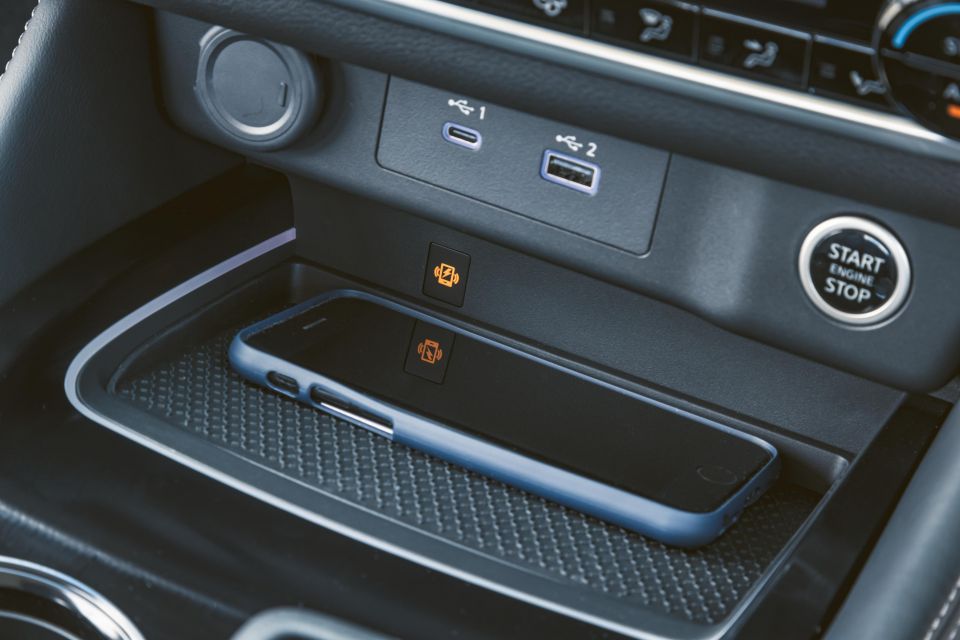
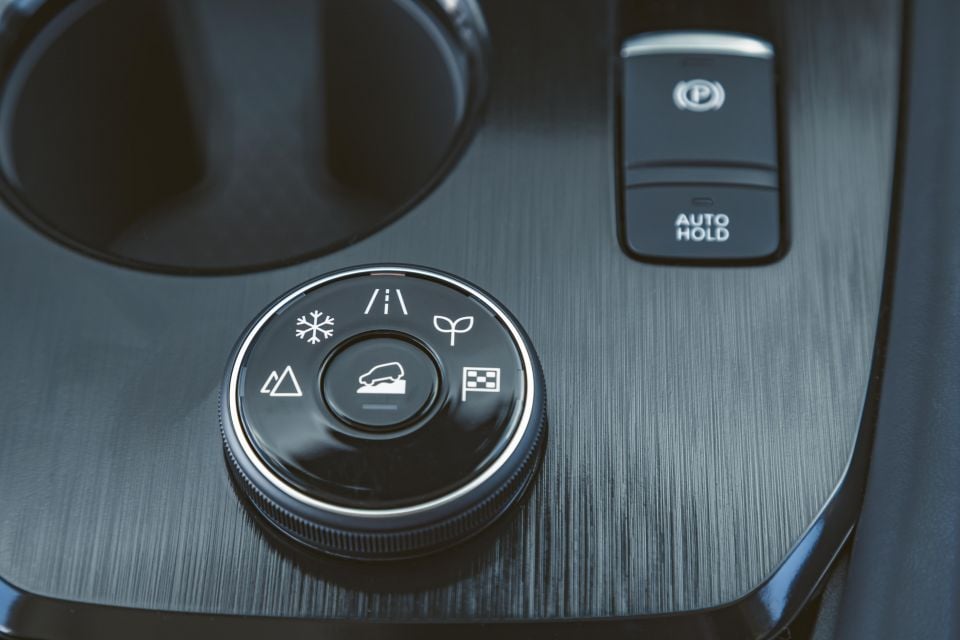
There’s stacks of space, too – both storage and passenger room and in both seat rows in our five-seat tester, remembering you can also get seven seats in your X-Trail in lower grades.
Up front, the new-style stubby shifter has freed up space for a wider-than-usual wireless charging pad and two completely unencumbered cupholders. The centre console itself is a floating design and well-ordered with a new rotary drive selector that includes an off-road mode.
Directly below is an out-of-view storage space for items like handbags or even a laptop, as well as a new butterfly-style console box – meaning rear-seat passengers can also access.
The overall packaging is thoughtful, with things like both USB-C and USB-A charging ports in both seat rows. I can’t tell you how convenient that is in this transition period where carmakers are switching over to an all-USB-C configuration.
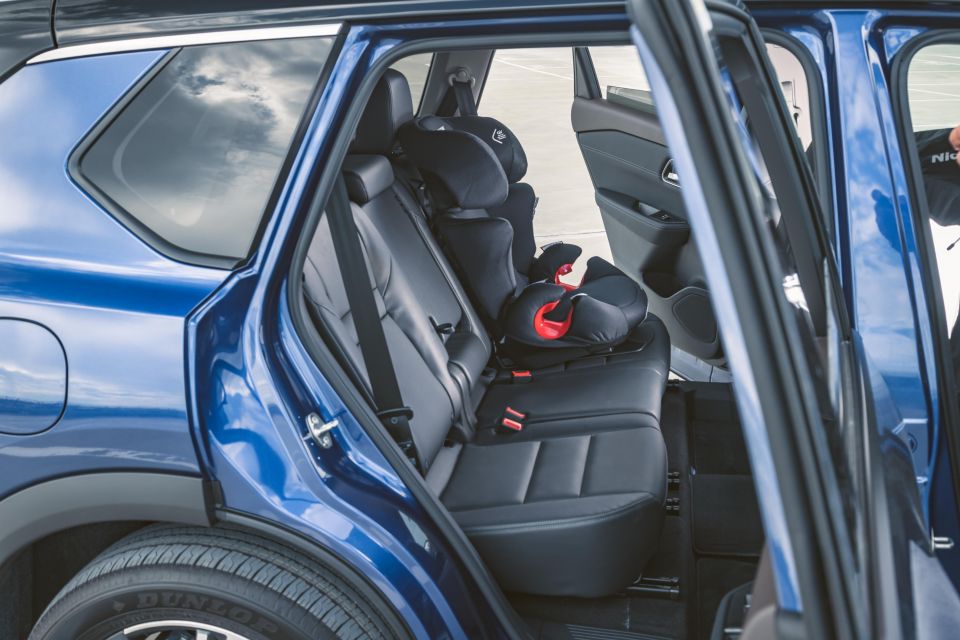
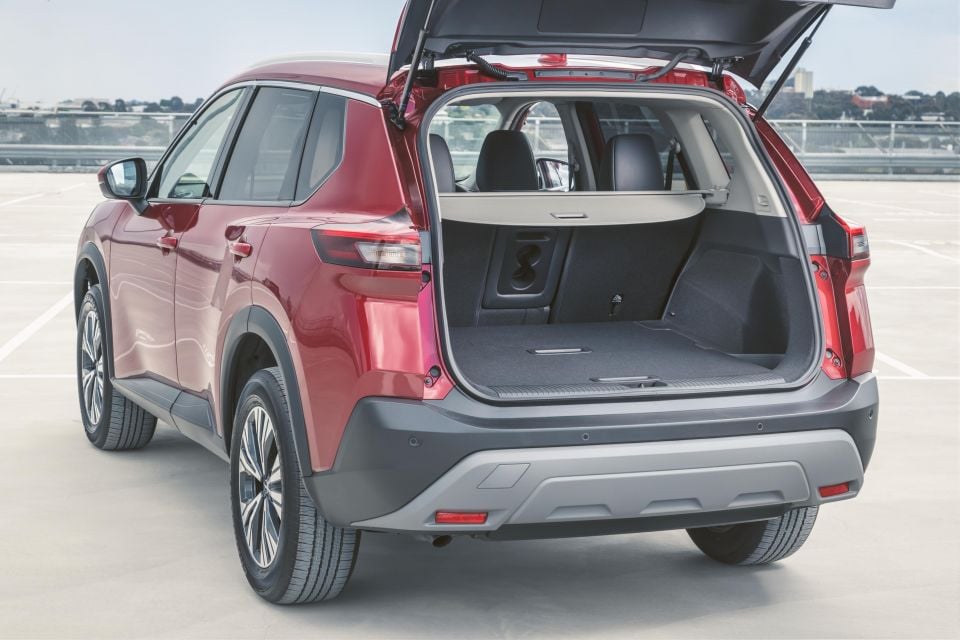
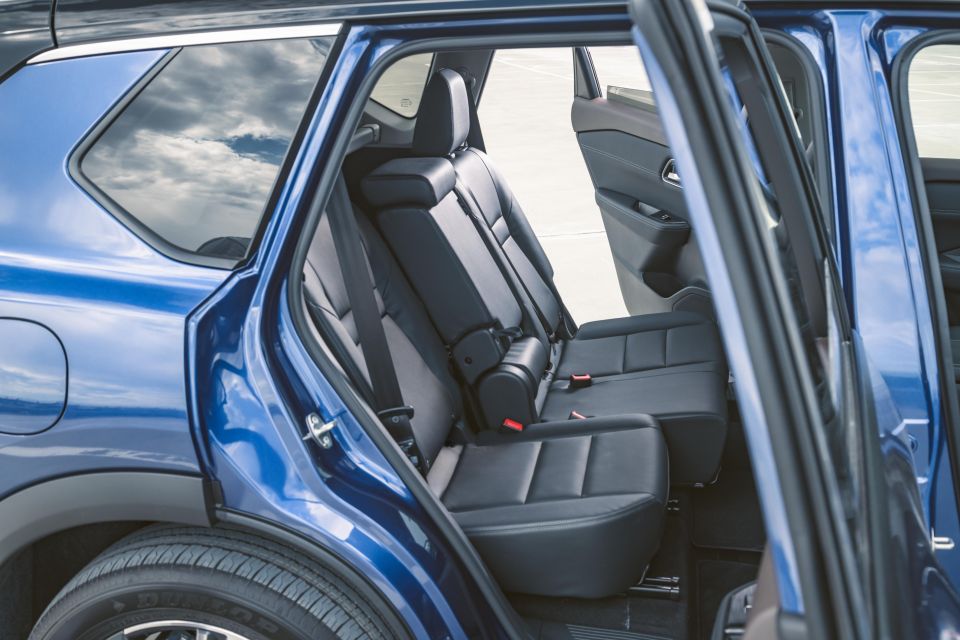
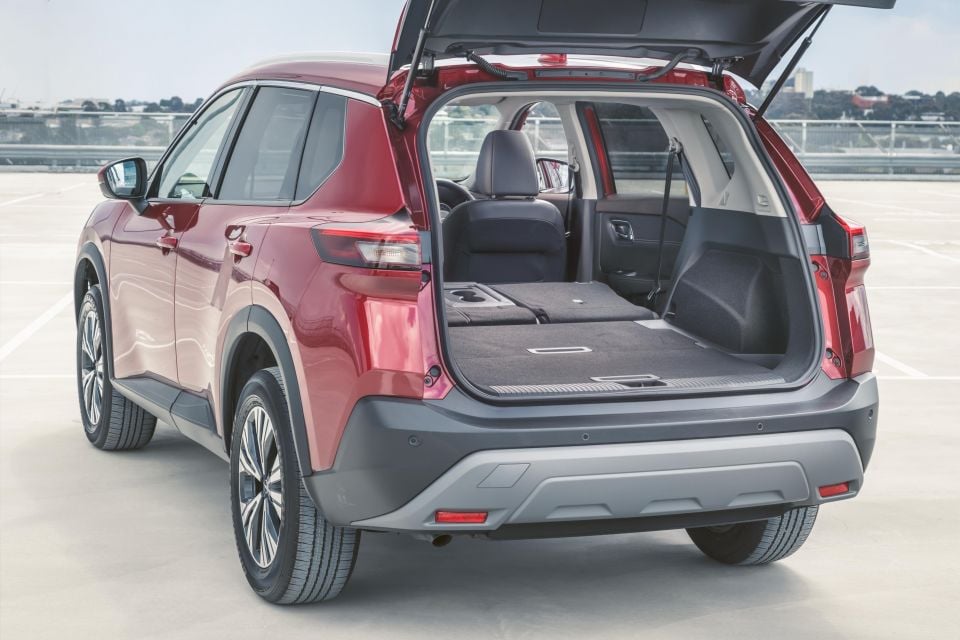
Climbing into the back row is dead easy given the rear doors open up at an 85-degree angle with the rear seats on rails should you need extra rear legroom. There’s also rear sunshades – so great for kids (or the family pets) on both counts.
Rear seat legroom is especially generous with the 40/20/40 split-fold seats in their most rearward position, but even if they’re forward, you’d still call it plentiful. All four doors also get larger-than-normal door pockets for 500ml bottles, etc.
There’s also a five-point ISOFIX which enables a centre child seat position, along with three child seat anchorage points back there.
Boot space in our five-seat X-Trail is maximised at 585 litres, while the seven-seat configuration reduces that to 465 litres. There’s also a clever ‘Divide and Hide’ storage system to compartmentalise the luggage area, which takes all of a few seconds to set up.
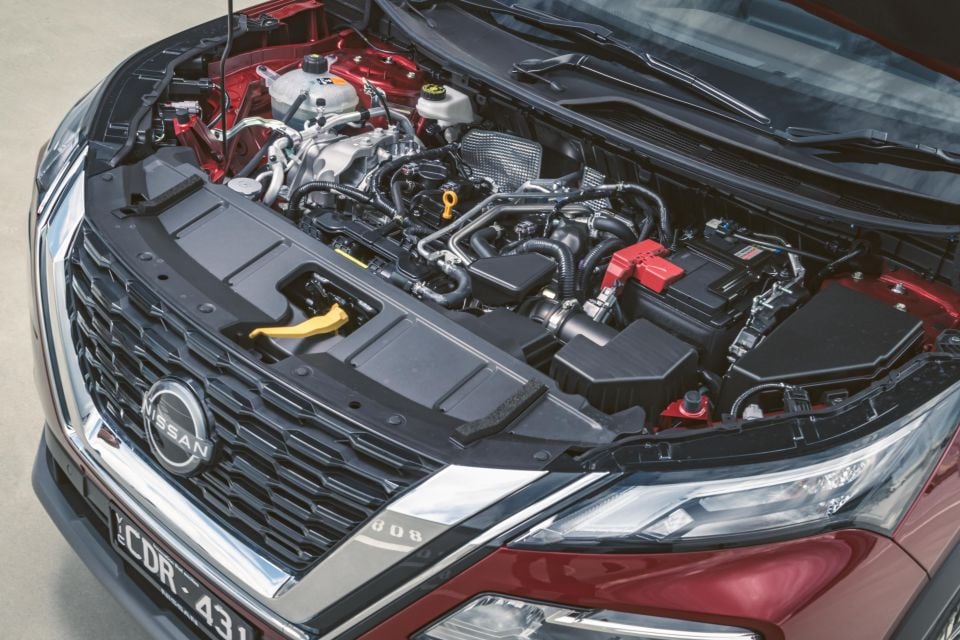
There’s just the one engine available across the X-Trail range until the e-Power hybrid arrives in 2023: a 2.5-litre naturally aspirated petrol four-cylinder producing 135kW at 6000rpm and 244Nm at 3600rpm.
Those outputs are up 9kW and 18Nm over the old model, and towing capacity is up by 500kg to 2000kg braked.
The new platform (also shared with the latest Mitsubishi Outlander) means the engine is mounted lower into the chassis.
It’s mated to the same CVT automatic out of its predecessor but it’s been tuned to deliver better response. We can vouch for that.
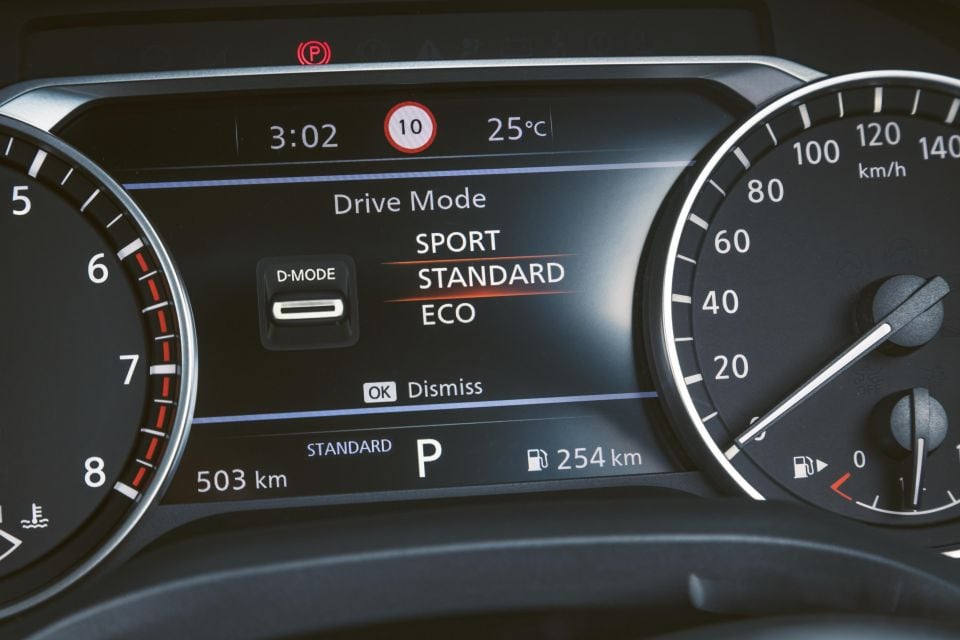
The new ‘multi-mode’ on-demand AWD option has selectable Eco, Standard and Sport modes plus five different traction modes and algorithms to prime the drivetrain and stability control for bitumen, dirt, ice and snow. There’s also a hill-descent control function.
Nissan claims the entry-level ST uses an average of 7.4-7.8L per 100km (2WD-4WD), while the higher grade Ti and Ti-L variants consume 7.8L/100km on the combined cycle.
For those who want considerably more punch from their X-Trail while consuming less fuel, the upcoming e-Power hybrid claims to use just 6.1L/100km.
The fuel tank measures 55 litres.
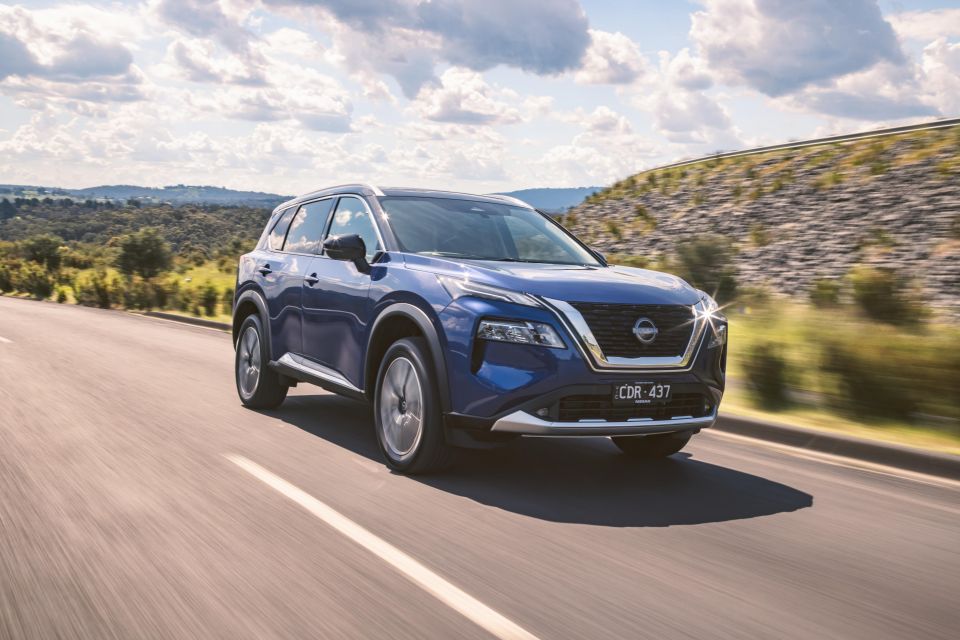
Right off the bat I’m surprised how good the seating position is.
I’ve dropped it to its lowest position and it feels more like a Euro experience in the fact I’m deeper into the vehicle but still with a commanding view ahead and a higher-set steering wheel for good control.
The new stubby shifter is a treat and engages drive or reverse using a new shift-by-wire system. It’s quicker and more decisive than others I’ve used in more expensive makes and models.
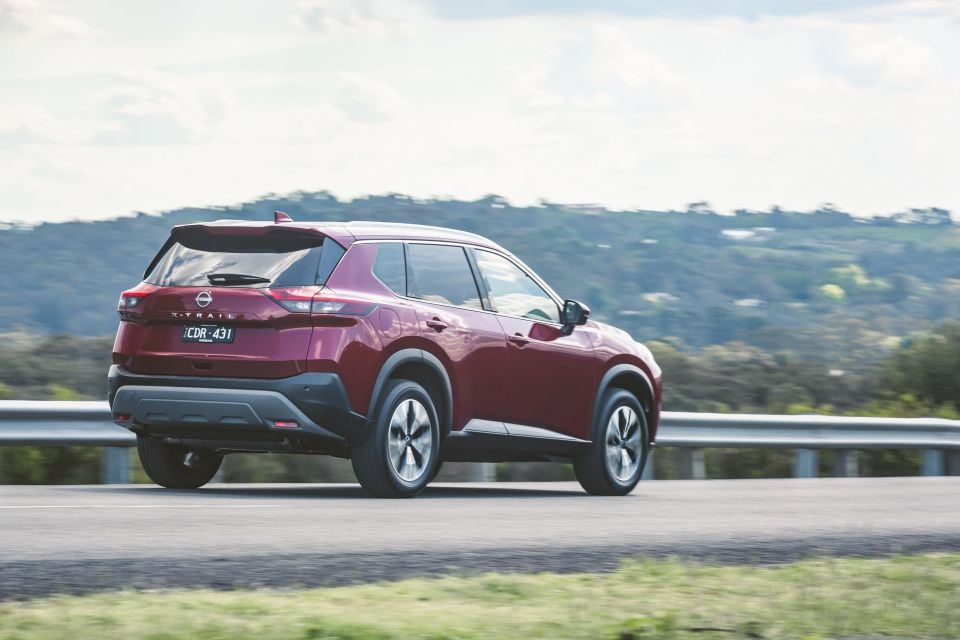
I’ve also never been a fan of CVTs over regular automatics, but for the first few minutes of the drive program commuting around Chadstone in Melbourne, I almost forget it had one.
It’s reasonably well muted inside the cabin and you can use the paddle-shifters which enhances the stepped-gear character if you want that, though I doubt most drivers will even bother unless you want more revs for a high-speed overtake or a merge onto a motorway, for example.
Being naturally aspirated, the X-Trails powertrain can get noisy under sustained acceleration – on the flat or climbing a hill.
However, motoring along at speeds from 80-100km/h across regional Victoria and the 2.5-litre four-pot quickly settles into an effortless driving experience requiring a light throttle only and very little commotion.
Don’t get me wrong, I’d like more torque, but it gets off the line quickly from a standing start and can maintain reasonable pace.
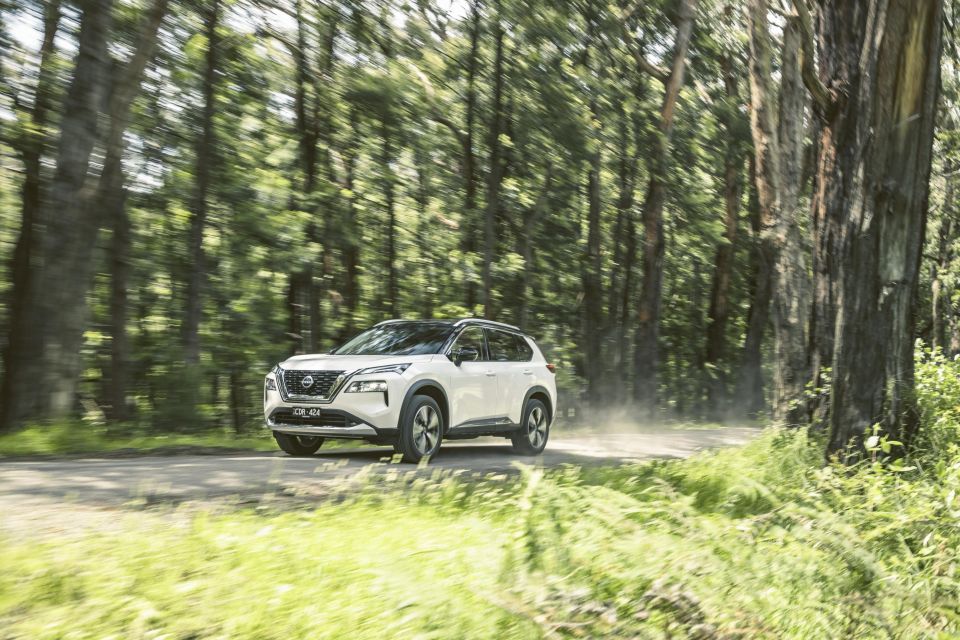
Where expert car reviews meet expert car buying – CarExpert gives you trusted advice, personalised service and real savings on your next new car.
Nevertheless, if you’re like me and want to bit more poke, the more powerful (and more efficient) e-Power hybrid version will be in showrooms early 2023.
The new platform is also noticeably more rigid, with 27 per cent better torsional stiffness, and that’s something you can feel from the very first moment you turn in.
Body roll is minimised, which pairs up well with a sharper, more direct steering rack ratio for what is a generally solid handling SUV and one that feels well balanced.
Ride comfort is generally good too, even over very average, course-chip surfaces and gravel roads, though, slightly skewed towards a firmer set up in sync with X-Trail’s stiffer platform and passive suspension setup.
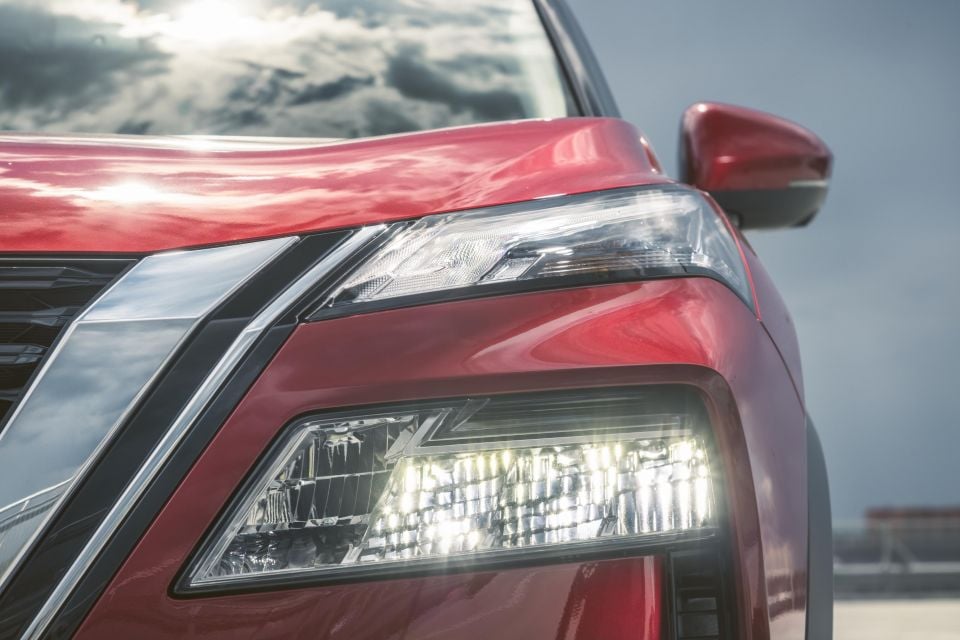
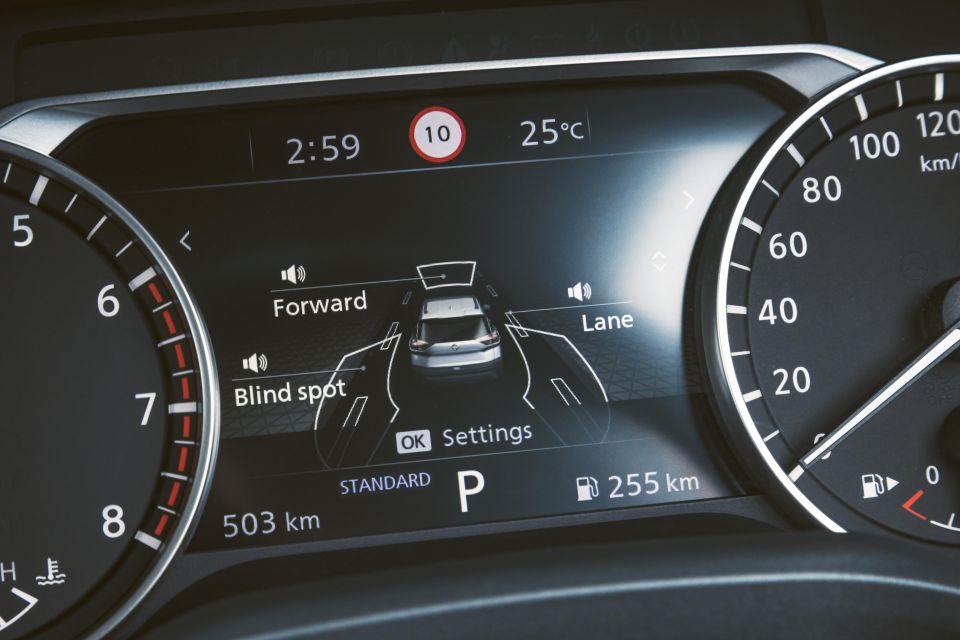

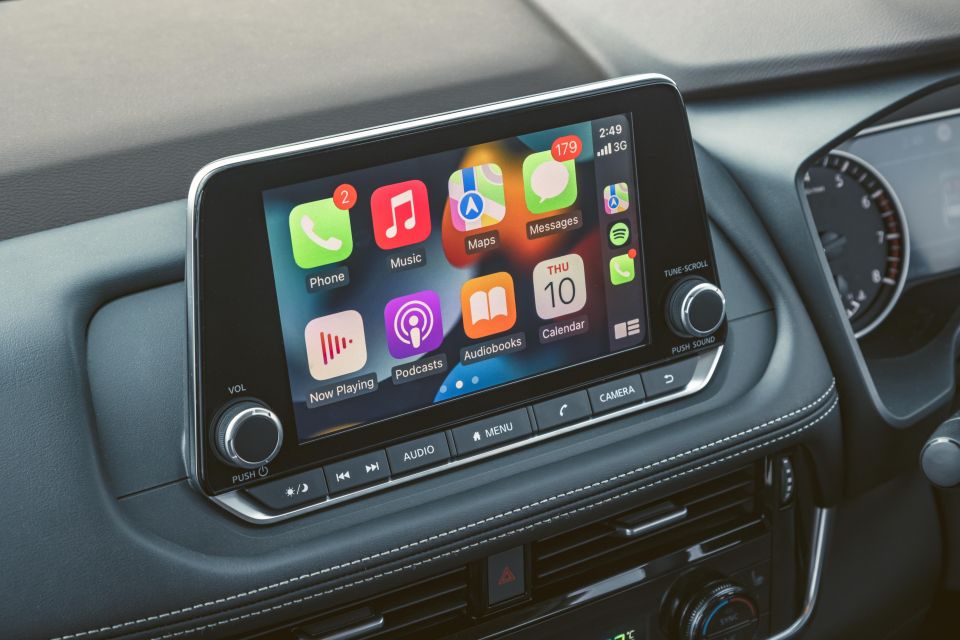
Nissan X-Trail ST
Nissan X-Trail ST-L adds
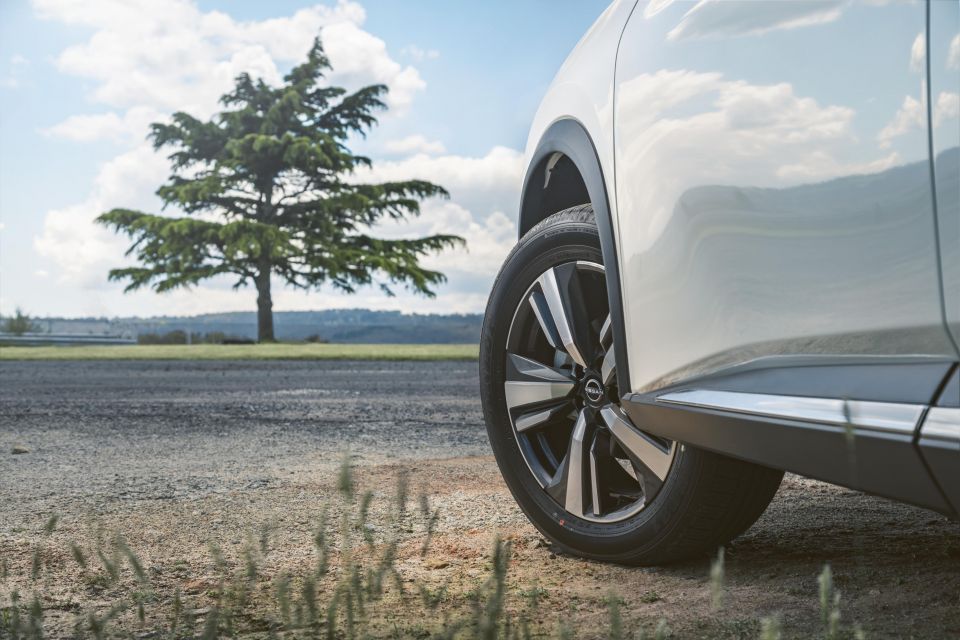
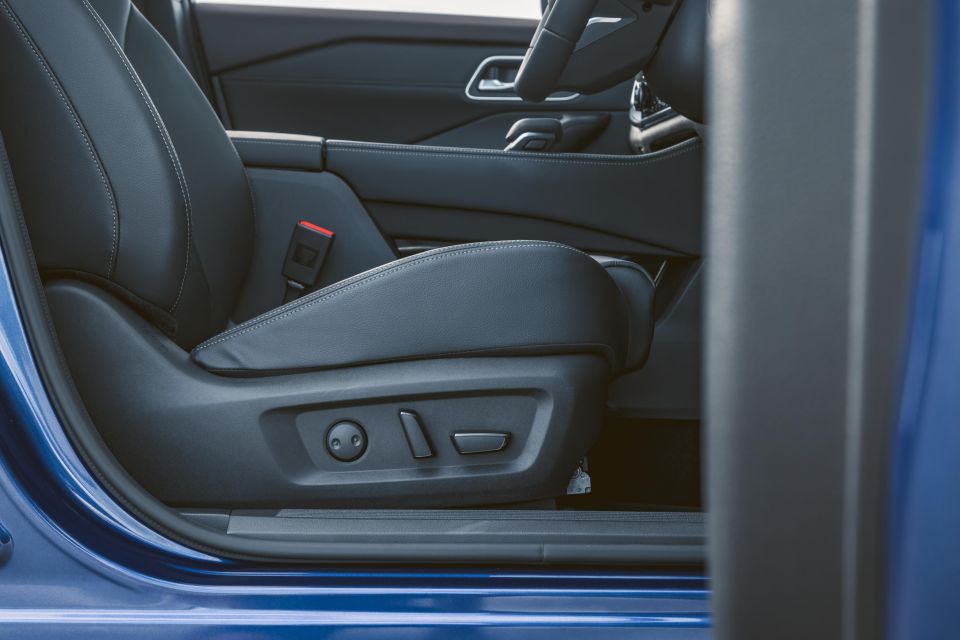
Nissan X-Trail Ti adds
Nissan X-Trail Ti-L adds

The Ti and Ti-L grades have more colour options. The complete colour palette comprises:
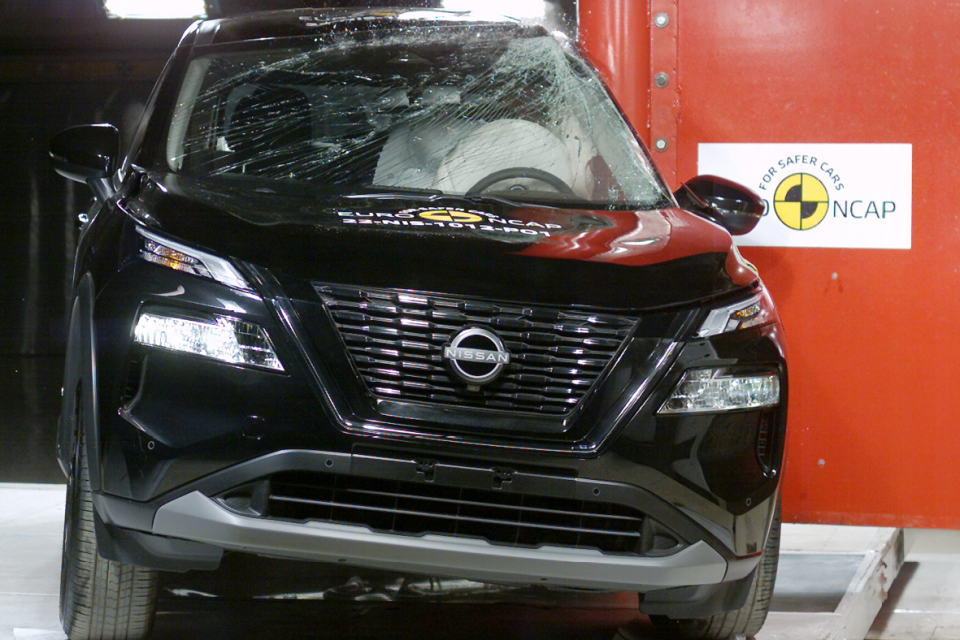
The new X-Trail scores a five-star ANCAP safety rating based on crash testing of its Nissan Qashqai sister model in 2021 with which it shares the same platform. The rating covers all variants including petrol and the upcoming hybrid model.
The X-Trail scored 91 per cent for adult occupant protection, 90 per cent for child occupant protection, 74 per cent for vulnerable road user, and 97 per cent for safety assist.
Standard features on all grades:
ST-L and above add:

X-Trail is covered by Nissan’s standard five-year, unlimited-kilometre warranty with five-years roadside assist included. The warranty is also transferable to another owner if you decide to sell.
Servicing for both 2WD/4WD variants 10,000km or 12 months, whichever comes first. 4WD models incur a slight premium ($28 and $39 respectively) on the third and sixth service visits.
It’s worth noting that the related Mitsubishi Outlander with the same engine offers longer 15,000km intervals, while the Renault Koleos – based on the old X-Trail but similar drivetrain – has 20,000km intervals.
X-Trail 2WD:
X-Trail 4WD:
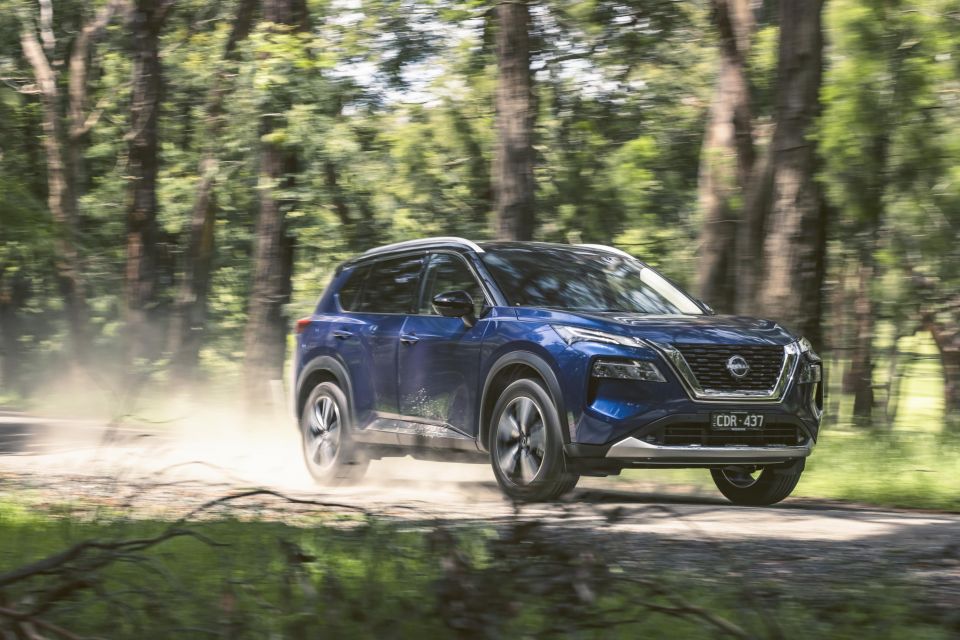
The new fourth-generation Nissan X-Trail isn’t just a commendable effort, but a noticeably improved vehicle in every measure.
There’s none of the ugliness that inflicted its predecessor, rather, it’s a now a handsome design with squared-off edges that give it a more masculine profile, ready for adventure – like the marketing message says.
The tech is benchmark, especially the infotainment screen and head-up display, as is the extensive active safety suite on board.
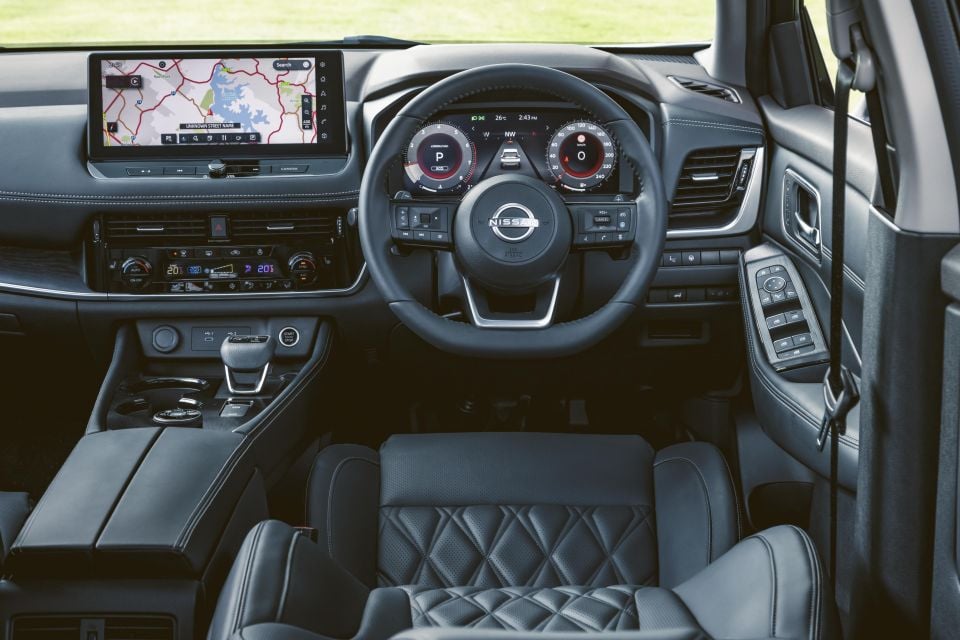
It’s also a far more resolved vehicle all round, not just in the design, but also refinement, general driveability and sharper steering.
While it’s an enjoyable drive, I’m still not a big fan of the CVT transmission – despite the improvements made here.
It’s also more expensive than the equivalent-grade Mitsubishi Outlander with which it shares the same platform and is cheaper to service, let alone the extended 10-year warranty.
That said, I’d argue the X-Trail is a more appealing proposition all round with stronger cachet to boot, especially in Ti form tested here.
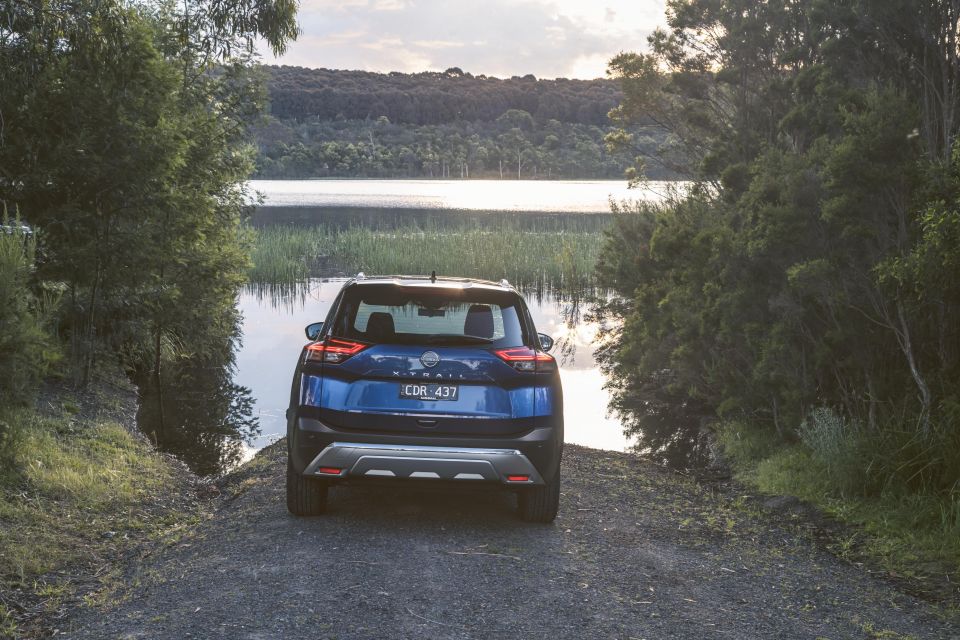
Click the images for the full gallery
Where expert car reviews meet expert car buying – CarExpert gives you trusted advice, personalised service and real savings on your next new car.
Anthony Crawford is a CarExpert co-founder and senior presenter with 20+years in automotive journalism and content creation.


William Stopford
15 Hours Ago


Matt Campbell
23 Hours Ago


William Stopford
2 Days Ago


Josh Nevett
4 Days Ago


CarExpert.com.au
5 Days Ago


Josh Nevett
6 Days Ago